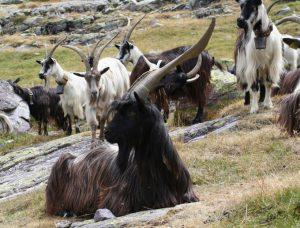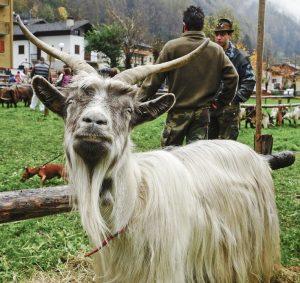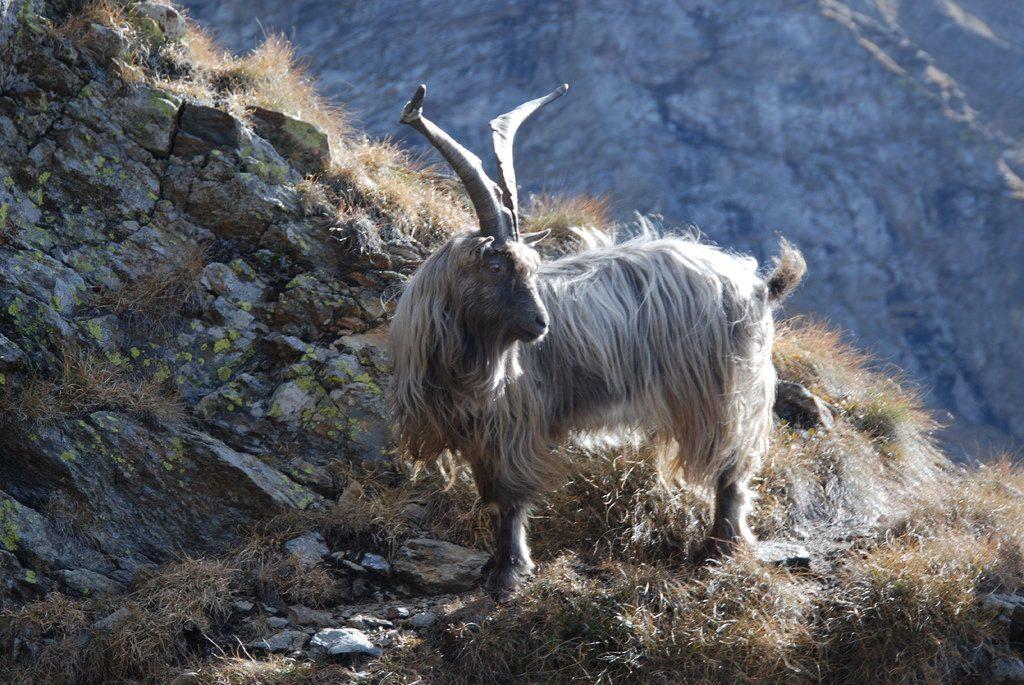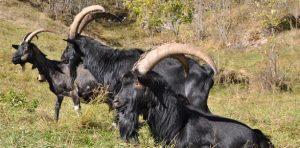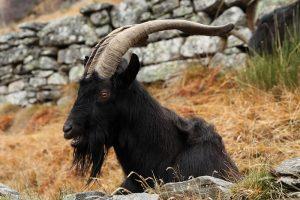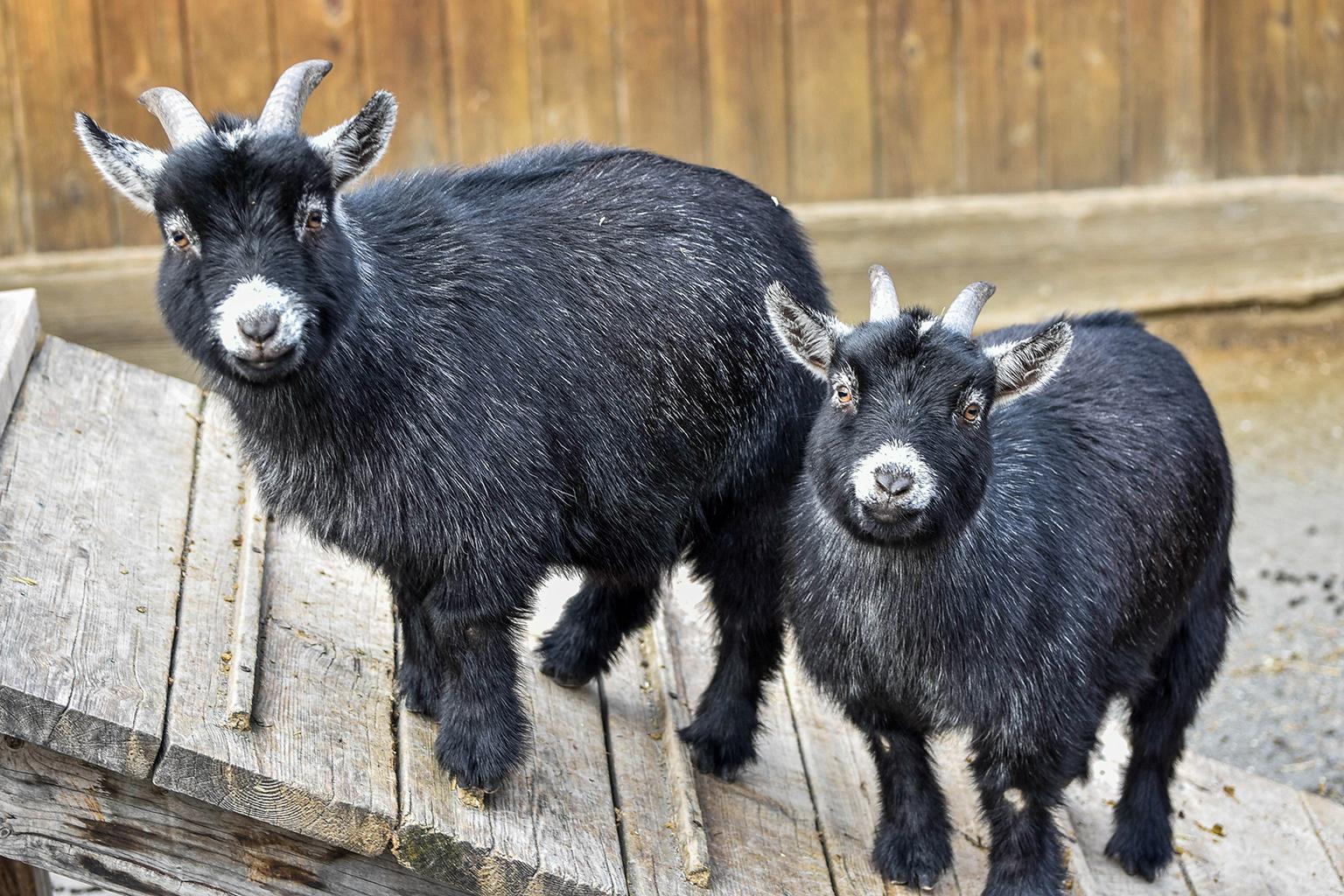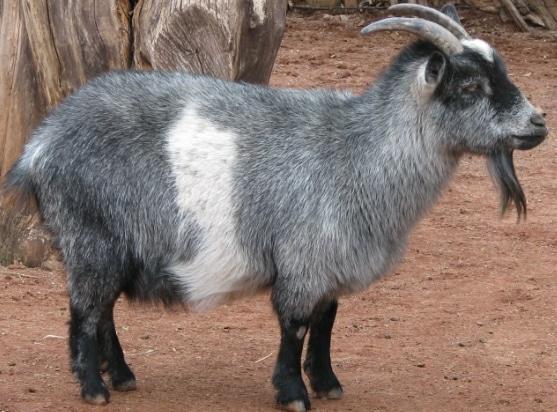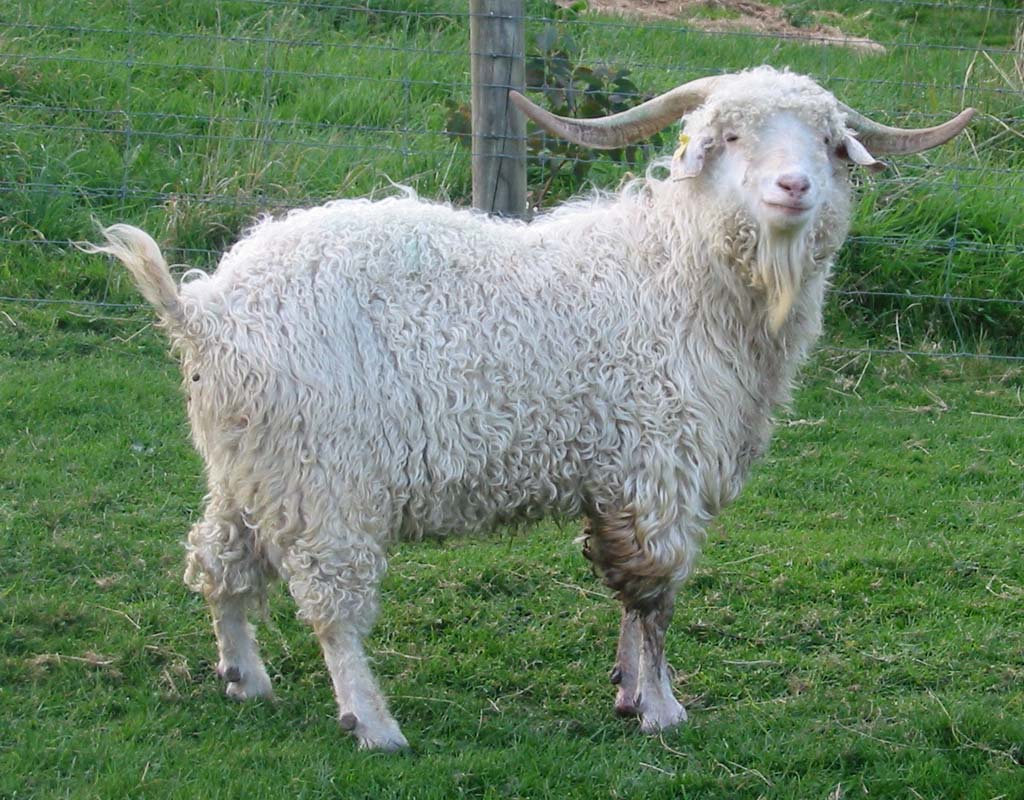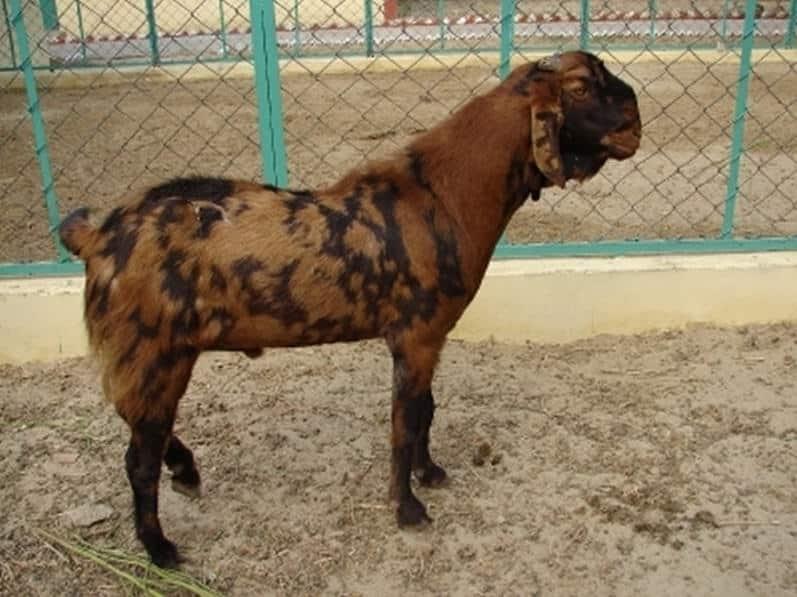Orobica Goat
The Orobica is a breed of domesticated Italian goats that are raised in the Bergamo Alps of northern Italy. They are raised mainly for their milk to make exquisite variations of Italian cheese, but they are also used for meat, when they are unable to produce milk any more.
| Also known as | Valgerola |
| Physical Characteristics | Medium size, with a robust structure and legs; ears are erect |
| Coat Hair | Medium to long, glossy |
| Wool Color | Ash-grey, violet-beige |
| Horn | Both sexes have long horns twisted outwards; females sometimes might not have horns |
| Uses | Milk production (also for meat) |
| Lactation Duration | 270 days |
| Lifespan/Expectancy | 15 to 18 years |
| Weight | Rams/Bucks: 80 kg (average); Nanny: 65 kg (average) |
| Height (size) | Buck: 79 cm; Nanny: 73 cm |
| Country of Origin | Italy |
| Registration Info | Stud Book: ‘Associazione Nazionale della Pastorizia’ Breed Standards: Razza Orobica, Orobica o Valgerola |
History and Development
The exact history of these goats is unclear, but the most reliable theory has suggested is that, the Orobica goat breed originated in the Gerola Valley, in the province of Sondrio. Because the area is so much geographically isolated that, over time, it promoted more diversification of the breed as compared to other goats. Also, the Orobica goats developed as a hardy breed, which made it easier for them to adapt themselves well with the rocky pastures at the top of the mountains that were not easy to reach.
The first documented record for the Orobica breed was at the beginning of the 20th century. This is one of the eight indigenous breeds in Italy that has a genealogical herdbook of its own, and has been kept by the Italian national association of sheep-breeders (Associazione Nazionale della Pastorizia).
Though ‘Valgerola’ has always been used as an alias to the Orobica breed, strangely enough, these two names have separately been reported to the Domestic Animal Diversity Information System (DAD-IS), though no data has been entered ever against ‘valgeralo’. According to the list, there are two independent breed standards – the ‘Razza Orobica’, and the ‘Orobica o Valgerola’.
Distribution
Orobicas are primarily found in the province of Sondrio, in the Valchiavenna and the Val Gerola regions. They are also found in the Como district in the Valsassina, the Val Varrone, and the Alto Lario Occidentale. In Bergamo district, they are only found in the upper regions of Val Brembana.
Milk Production
Primarily bred for their highly nutritional and tasty milk, they play an important role in the production of three types of traditional Italian raw-milk cheeses:
- Valsassina Formagin (a small cylinder of cheese consumed after three days of light acidification),
- Valtellina Matuscin (consumed after at least one month, this flattened cylinder of cheese is curdled with rennet),
- Val Brembana Robiola (it is rectangular, and is made with the same procedure as the stracchino).
Interesting Facts
- The number of the registered population of the Orobica goat by the end of 2013 was 1109.

